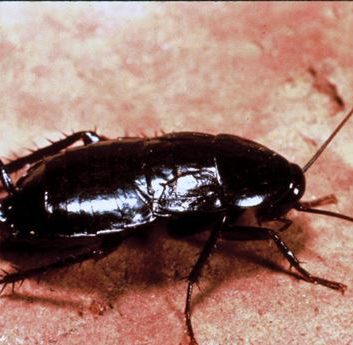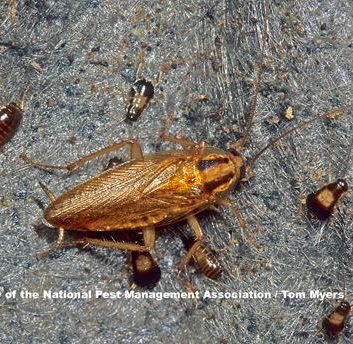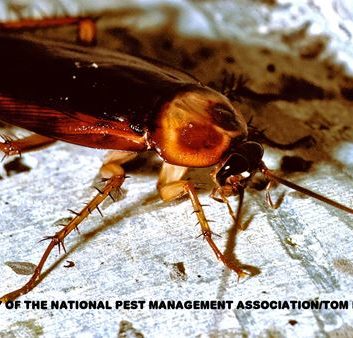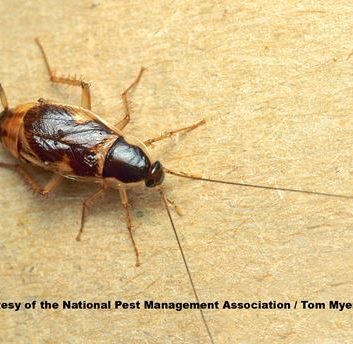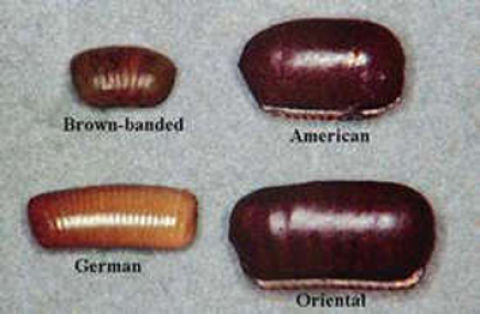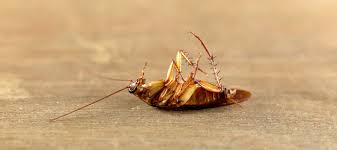Cockroaches
Cockroaches are arguably one of the most loathed pests out there to have. They have been around for millions of years, evolving into some of the most adaptable pests on Earth. Experimentation and research has proven cockroaches may even live through a nuclear war. This is a SOURCE pest, meaning the best defence is a good offense. Cleanliness, food stored correctly, lack of cardboard and other paper storage all can deter cockroaches.
Cockroaches have a relatively small head and a broad, flattened body. Most species are reddish-brown to dark brown. They have large compound eyes, two simple eyes, and long, flexible antennae. The body is divided into three segments and they have a ten segmented abdomen. Cockroaches have four wings, three pairs of legs and can run up to 3 miles per hour.
Unfortunately, cockroaches can cause allergies and trigger asthma attacks, especially in children. They can also spread nearly 33 different kinds of bacteria. There is nothing positive about a cockroach infestation.
There are four primary pest species in the Pacific Northwest: German, American, Brown Banded, and Oriental.
Contact Us





